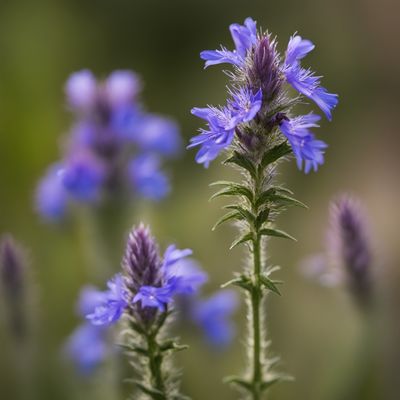
Ingredient
Evening primrose seeds
The Golden Gems of Health and Beauty
Evening primrose seeds are small, golden-brown seeds that come from the evening primrose plant. They have a slightly nutty and earthy flavor, with a delicate crunch. The seeds are oval-shaped and have a smooth, shiny surface. They are often used as a garnish or added to dishes for their nutritional value and unique texture.
Origins and history
Evening primrose is native to North America and has a rich history of medicinal use by Native Americans. The plant was later introduced to Europe and has been cultivated for centuries. The seeds gained popularity in the 17th century for their healing properties and were used to treat various ailments.
Nutritional information
Evening primrose seeds are a rich source of essential fatty acids, including gamma-linolenic acid (GLA). They also contain vitamin E, magnesium, and zinc. These seeds are low in calories and high in fiber, making them a nutritious addition to any diet.
Allergens
Evening primrose seeds may cause allergic reactions in individuals with a sensitivity to plants in the Onagraceae family, such as evening primrose.
How to select
When selecting evening primrose seeds, look for a reputable brand or supplier that offers high-quality, organic seeds. Check the packaging for any signs of damage or moisture. Fresh seeds should have a pleasant aroma and a golden-brown color.
Storage recommendations
To maintain the freshness and quality of evening primrose seeds, store them in an airtight container in a cool, dark place. They can be kept in the refrigerator or freezer to extend their shelf life.
How to produce
Evening primrose seeds can be grown by planting evening primrose plants in well-drained soil and providing them with adequate sunlight and water. The plants typically produce seeds in late summer or early fall.
Preparation tips
Evening primrose seeds can be used in a variety of ways. They can be sprinkled over salads, yogurt, or oatmeal for added texture and nutrition. The seeds can also be ground into a powder and used as a gluten-free flour substitute in baking. Additionally, evening primrose oil extracted from the seeds can be used topically for its moisturizing and anti-inflammatory properties.
Culinary uses
Evening primrose seeds are commonly used as a garnish for salads, soups, and stir-fries. They can also be incorporated into baked goods, such as bread or muffins, for added crunch and nutritional value.
Availability
Evening primrose seeds are commonly available in health food stores, specialty stores, and online retailers. They are cultivated in various regions, including North America, Europe, and Asia.

